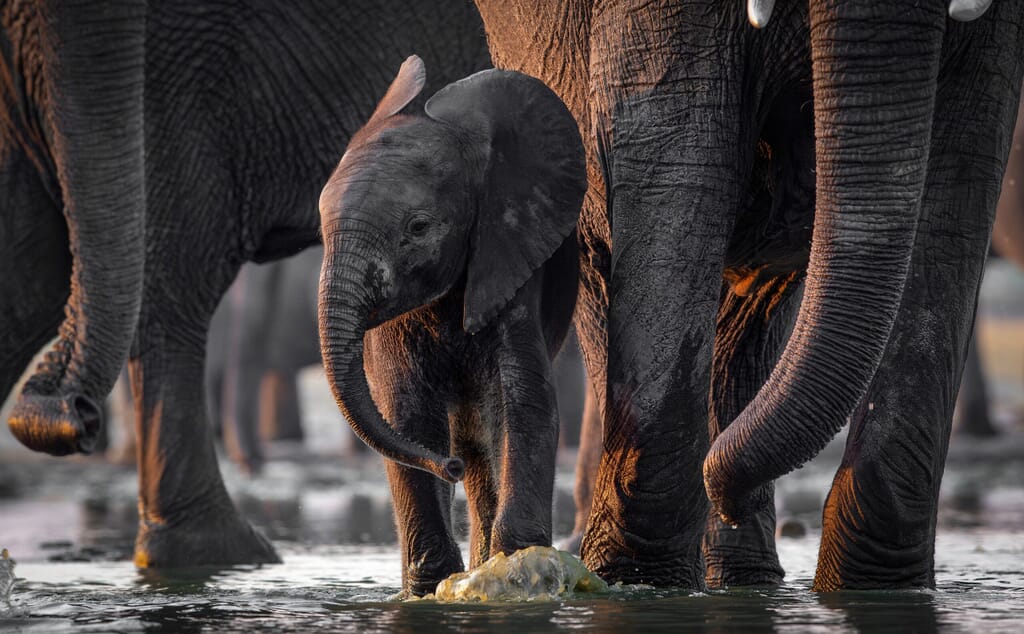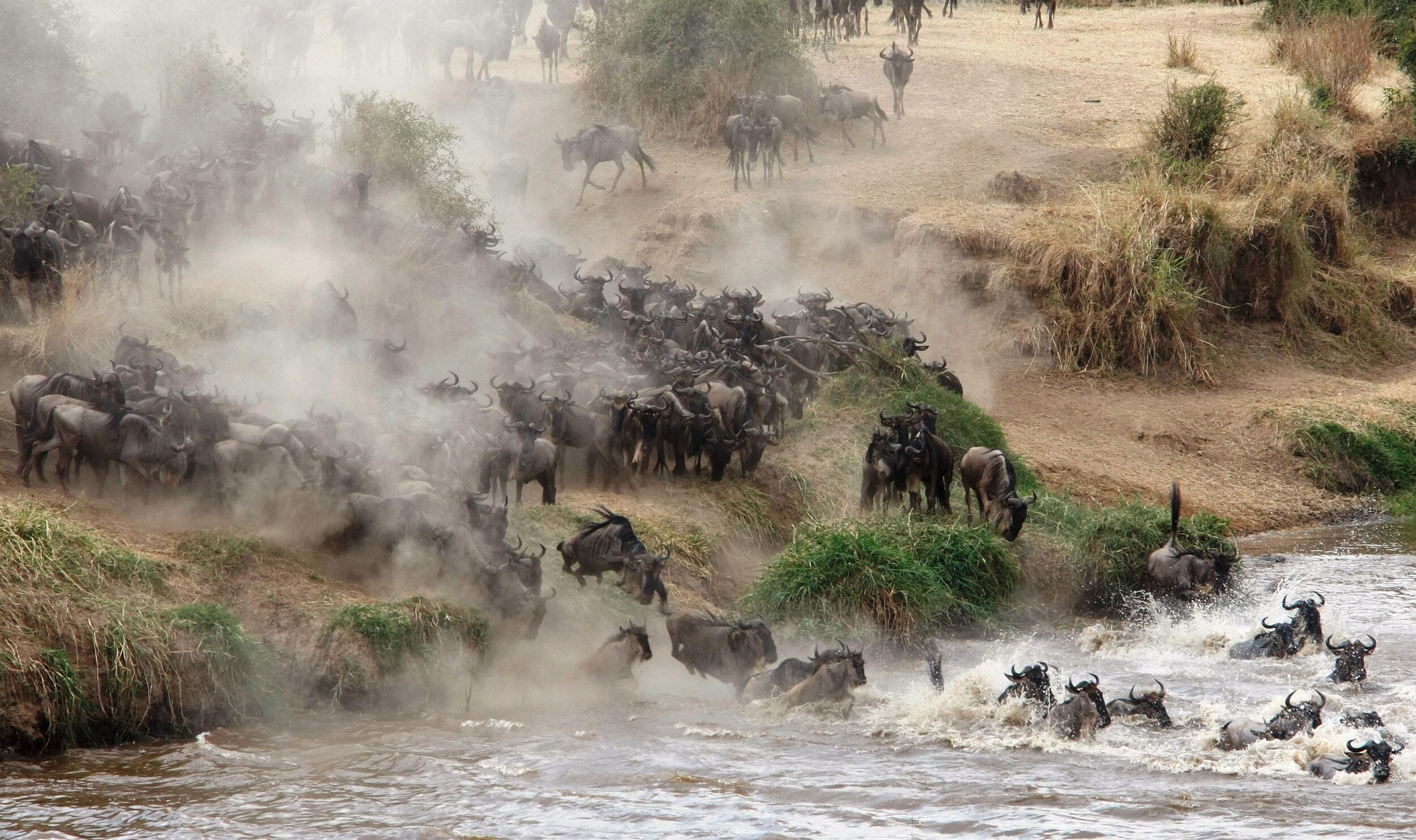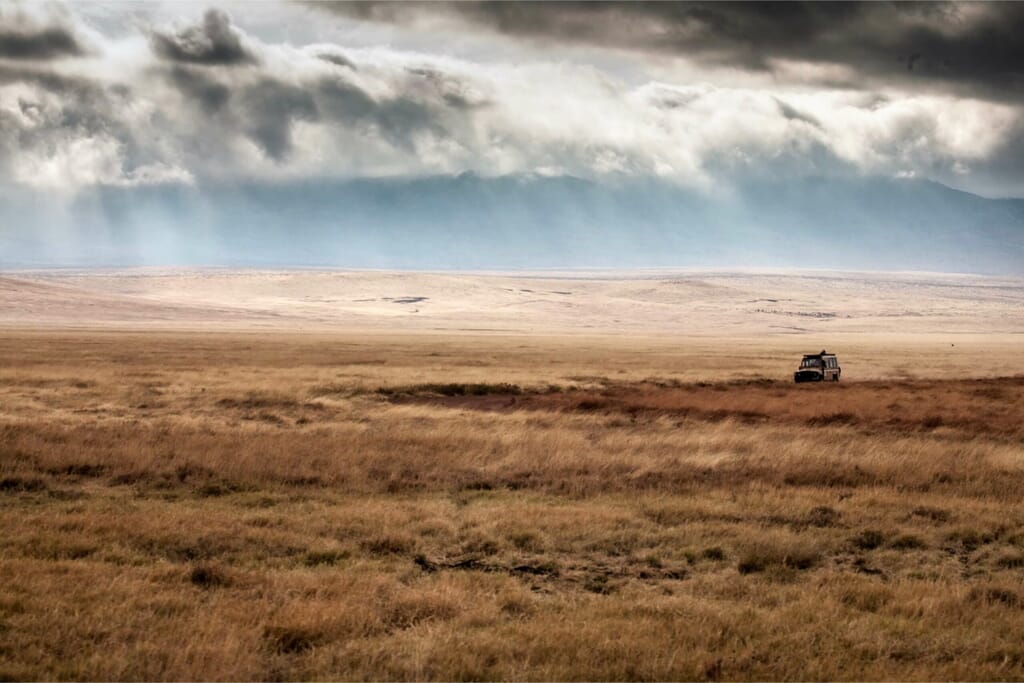
Hwange National Park
The iconic Big Five safari destination on the western border
Overview
Hwange National Park

Hwange National Park has become synonymous with Zimbabwe safari and is a must-see for families seeking thrilling Big Five encounters.
As the country’s oldest and largest game reserve, this iconic park spans over 14,650 square kilometres, stretching along Zimbabwe’s western border with Botswana. This vast expanse is home to an incredible range of natural habitats, from the semi-arid scrubland near the Kalahari Desert to rolling valleys filled with mopane woodlands in the northern regions.
Hwange National Park is particularly famous for its massive herds of elephants, offering some of Africa’s most memorable sightings as they migrate annually from Botswana across the park’s plains. It also boasts Africa’s largest population of the critically endangered African wild dog – with over 150 individuals in 10 packs – providing a rare opportunity to see these fascinating animals hunt in their natural habitat.
The park is a stronghold for the iconic Big Five—lion, leopard, elephant, buffalo, and rhino—making it one of Africa’s most rewarding destinations for big game viewing.
Overview
Hwange National Park

Itinerary ideas
Suggested itineraries for Botwana safaris

Where is Hwange National Park?
Hwange National Park is situated in the western corner of Zimbabwe, bordered by the Kalahari Desert to the west and Lake Kariba to the north.
Conveniently positioned along the main road between Bulawayo, Zimbabwe’s second-largest city, and the world-renowned Victoria Falls, Hwange National Park has become a premier Big Five destination for family safaris in Zimbabwe.
The park’s close proximity to Victoria Falls makes it an ideal stop on any family safari holiday, easily accessible by both air and self-drive options. Whether starting or ending a journey here, Hwange National Park offers unforgettable encounters with Africa’s iconic wildlife and is a natural complement to a visit to the natural wonders of Victoria Falls.

What to do in Hwange National Park?
Hwange National Park stands out as one of Zimbabwe’s top destinations for a family-friendly Big Five safari.
This vast park is best explored through game drives, whether on a self-drive adventure or with a knowledgeable guide from your lodge. Families can expect to see watering holes frequented by Hwange’s 40,000-strong elephant population. Here, elephants demonstrate fascinating behaviours, such as using their trunks to dig for underground water—an adaptation unique to this arid landscape.
Guided walking safaris offer an exhilarating way to encounter Hwange’s thriving lion, leopard, and cheetah populations, who hunt the abundant herbivores of the park. While sightings of the elusive rhinos Thusa and Kusaza—introduced in 2022—are rarer, glimpsing these incredible creatures in their natural habitat is a truly special experience.
No Hwange safari would be complete without a dedicated birding tour. Expert guides can help families spot some of the park’s 400 bird species, from majestic eagles and keen-eyed vultures to vibrant kingfishers. Look out for the Kori bustard, Africa’s largest flying bird, and the endemic Bradfield’s hornbill, found only in northwestern Zimbabwe.
With its diverse wildlife and exciting activities, Hwange National Park provides an unforgettable experience for families seeking adventure and wildlife immersion in Zimbabwe.

Best time to visit?
Hwange National Park’s diverse landscapes ensure that the park offers incredible year-round game viewing —the best time to visit simply depends on the type of safari experience you prefer.
The dry season, from April to October, offers exceptional wildlife viewing as animals congregate around waterholes, with clear, sparse vegetation providing unobstructed views. Elephants, buffalo, and kudu sightings are frequent as animals gather in visible numbers, especially from June to September when the weather is cooler.
During the wet season, November to March, Hwange transforms with lush greenery and active birdlife, including migratory species. It’s an ideal time to spot newborn impala, zebra and wildebeest, but thick vegetation and muddy roads make game viewing more challenging, adding an adventurous element.

Who should visit?
Hwange National Park is a must-visit for nature lovers and adventure-seeking families.
With well-maintained roads, ample picnic spots, and superb wildlife hides, Hwange is perfect for a self-drive family safari. Teenagers will enjoy the freedom of navigating independently between wildlife sightings, while families with younger children may prefer the safety of guided walking safaris or game drives.
With far fewer tourists than the parks in Tanzania, Botswana, and South Africa, Hwange National Park is ideal for those seeking a more authentic safari experience, offering incredible wildlife sightings without the intrusion of crowded vehicles.
Keep in mind, however, that Hwange is a medium to high-risk malaria zone, so it’s essential to pack anti-malarial medication and plenty of insect repellent.















